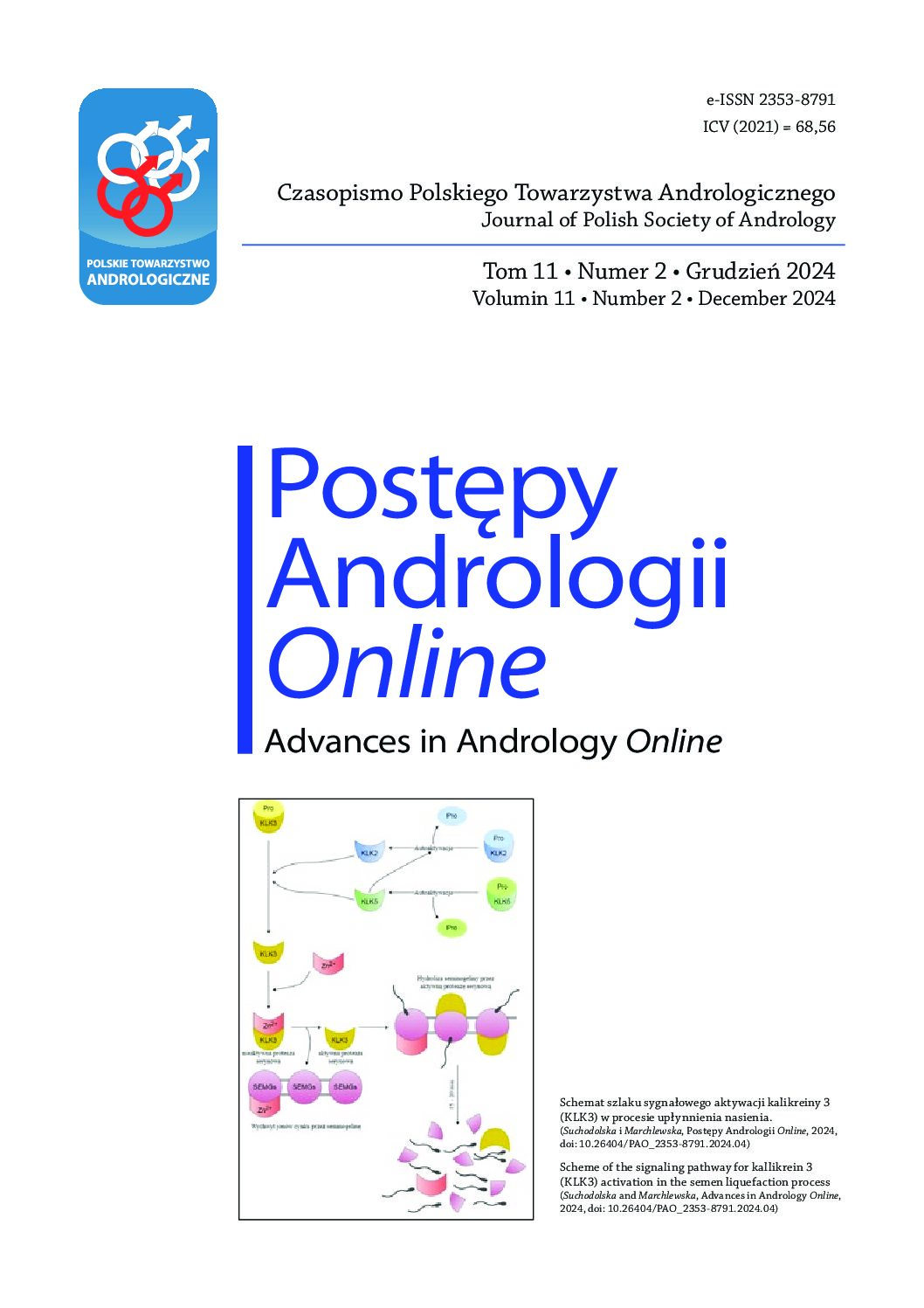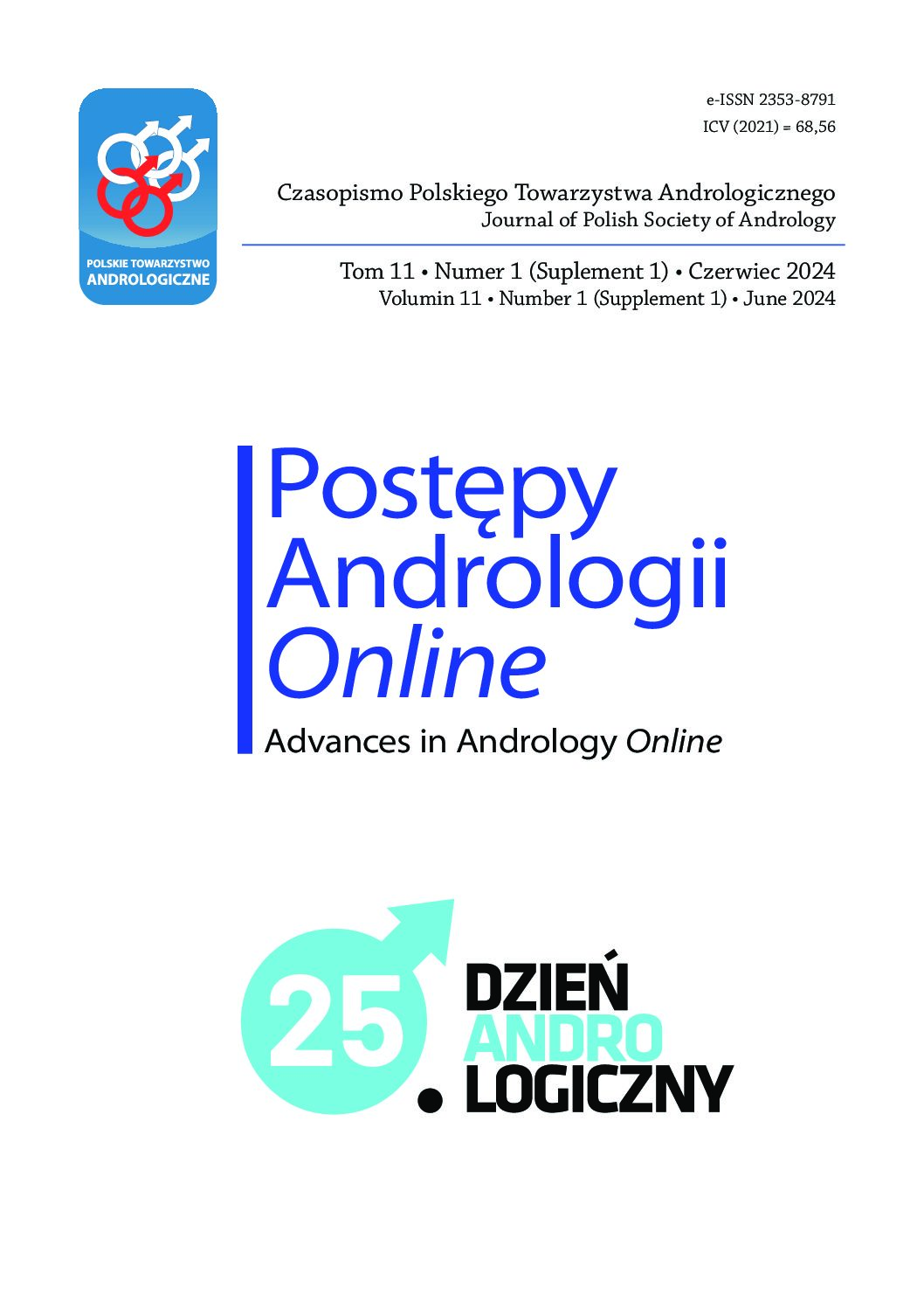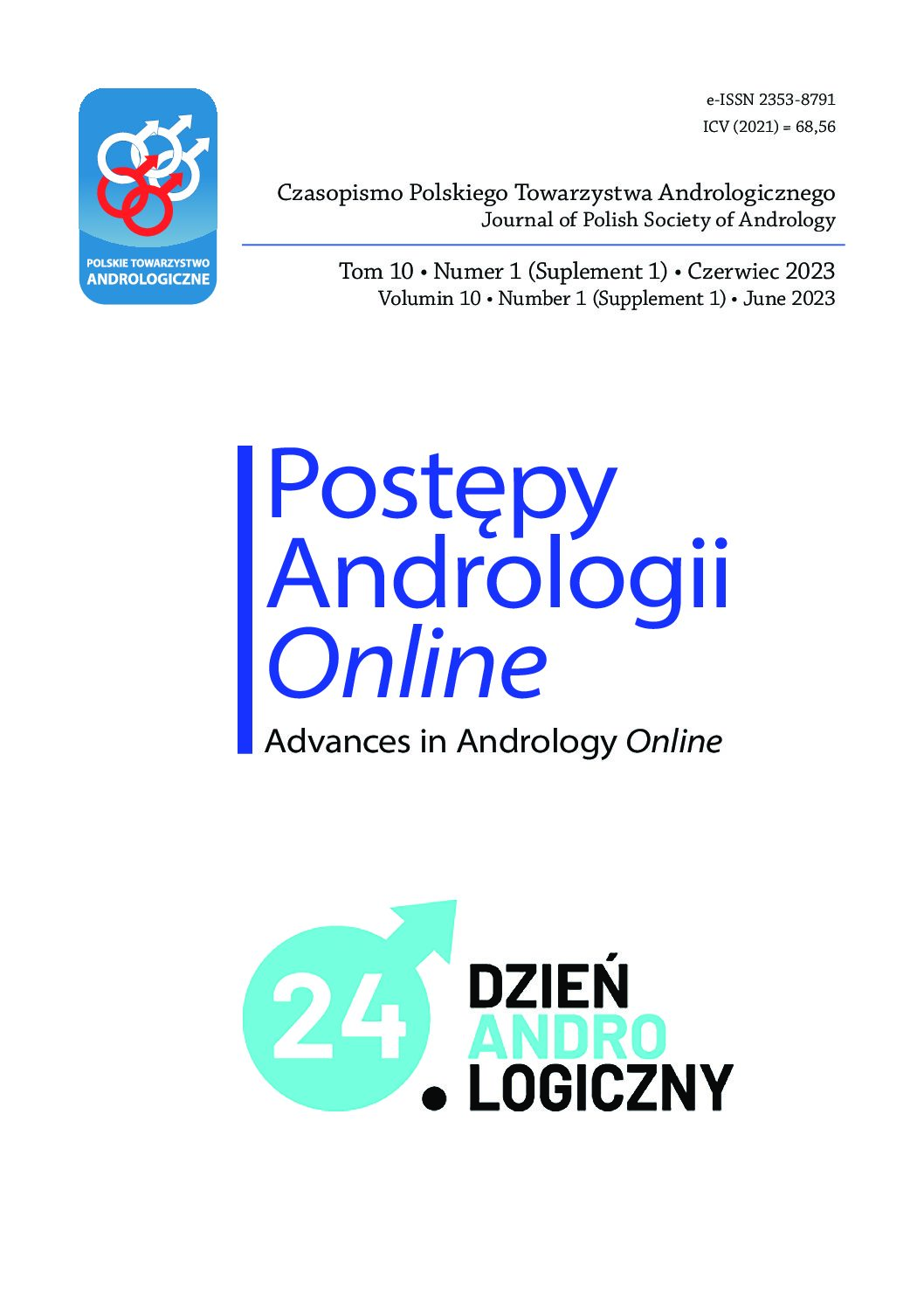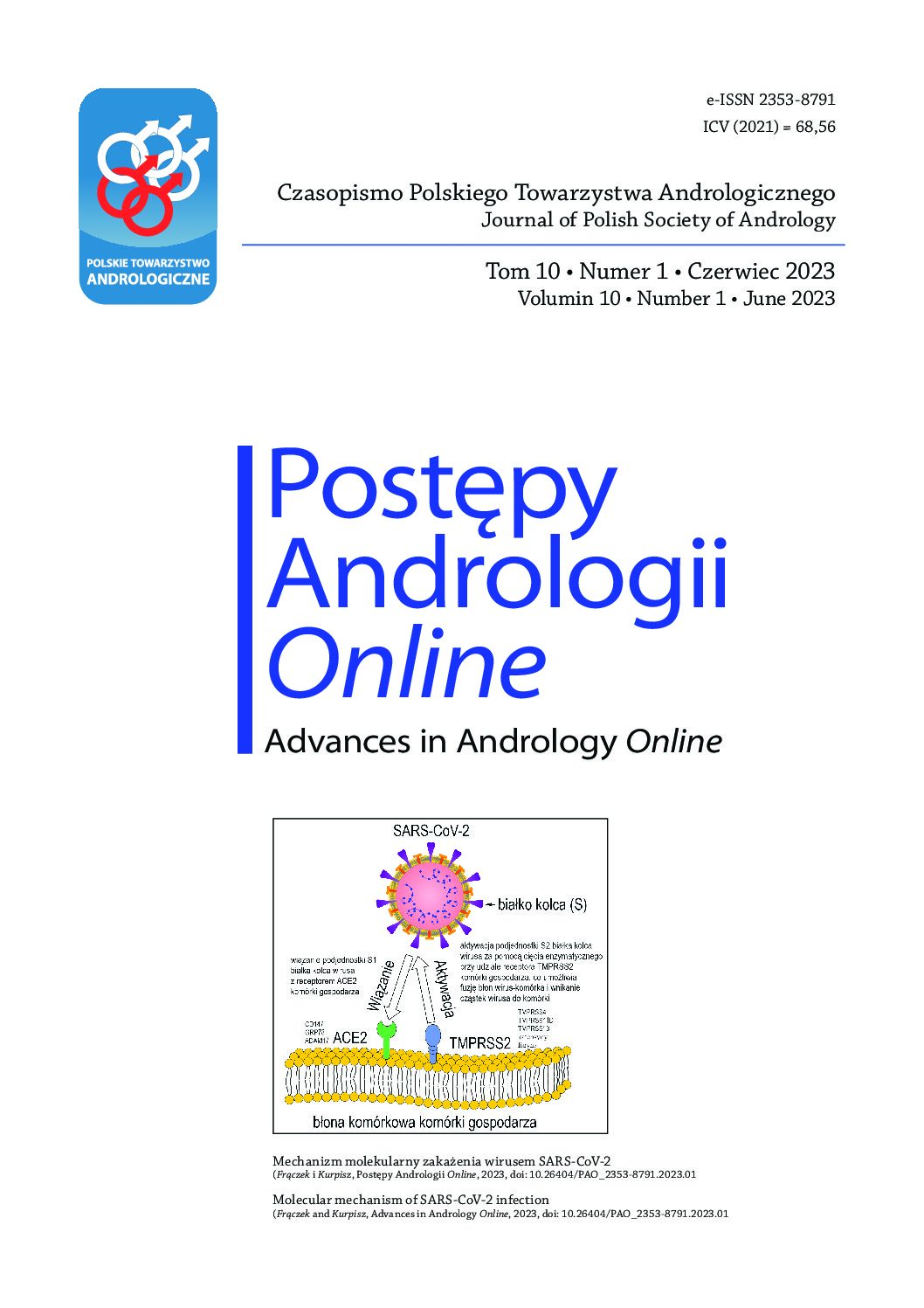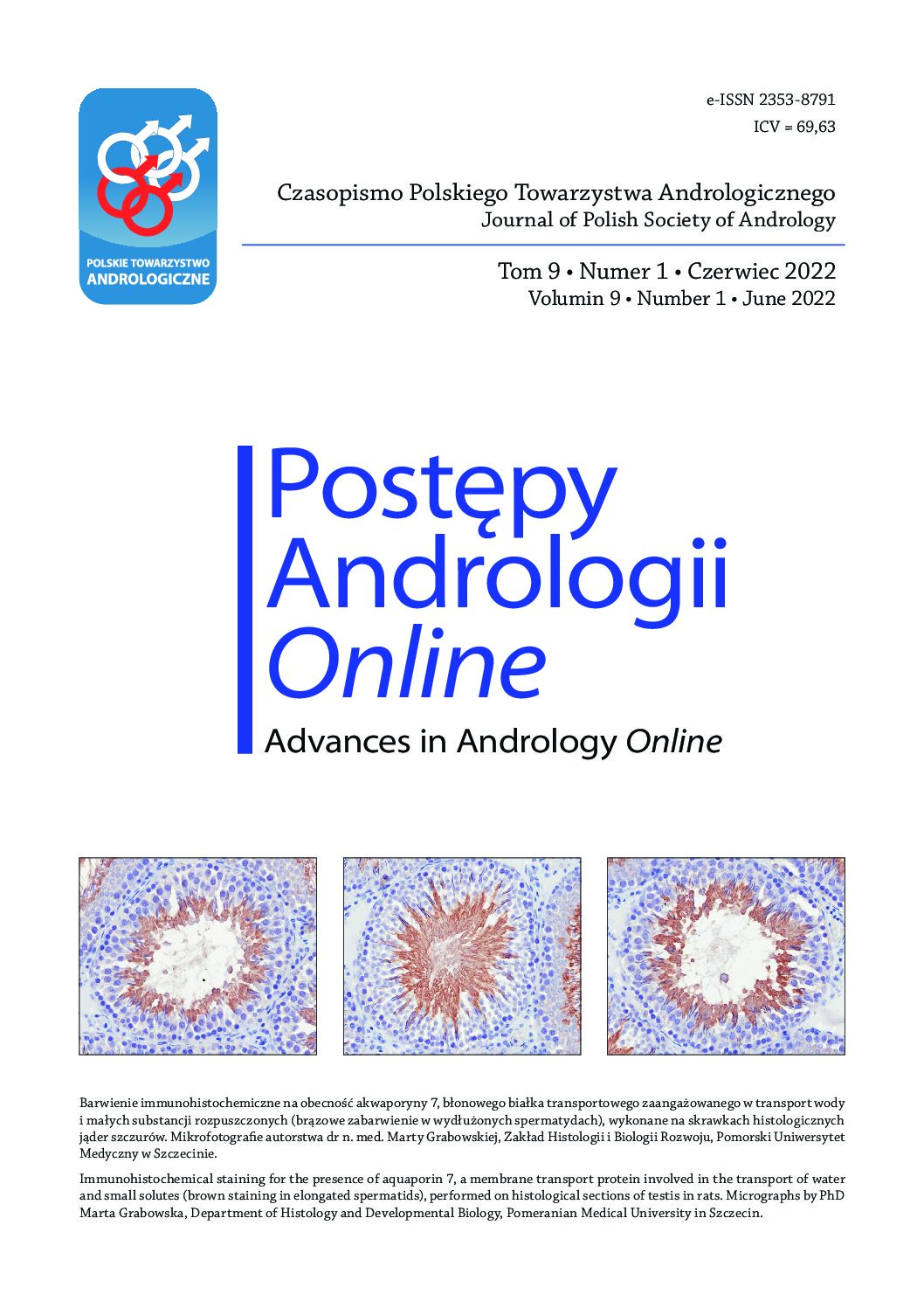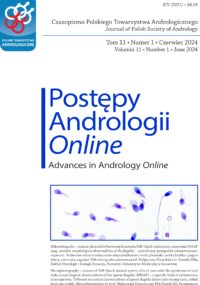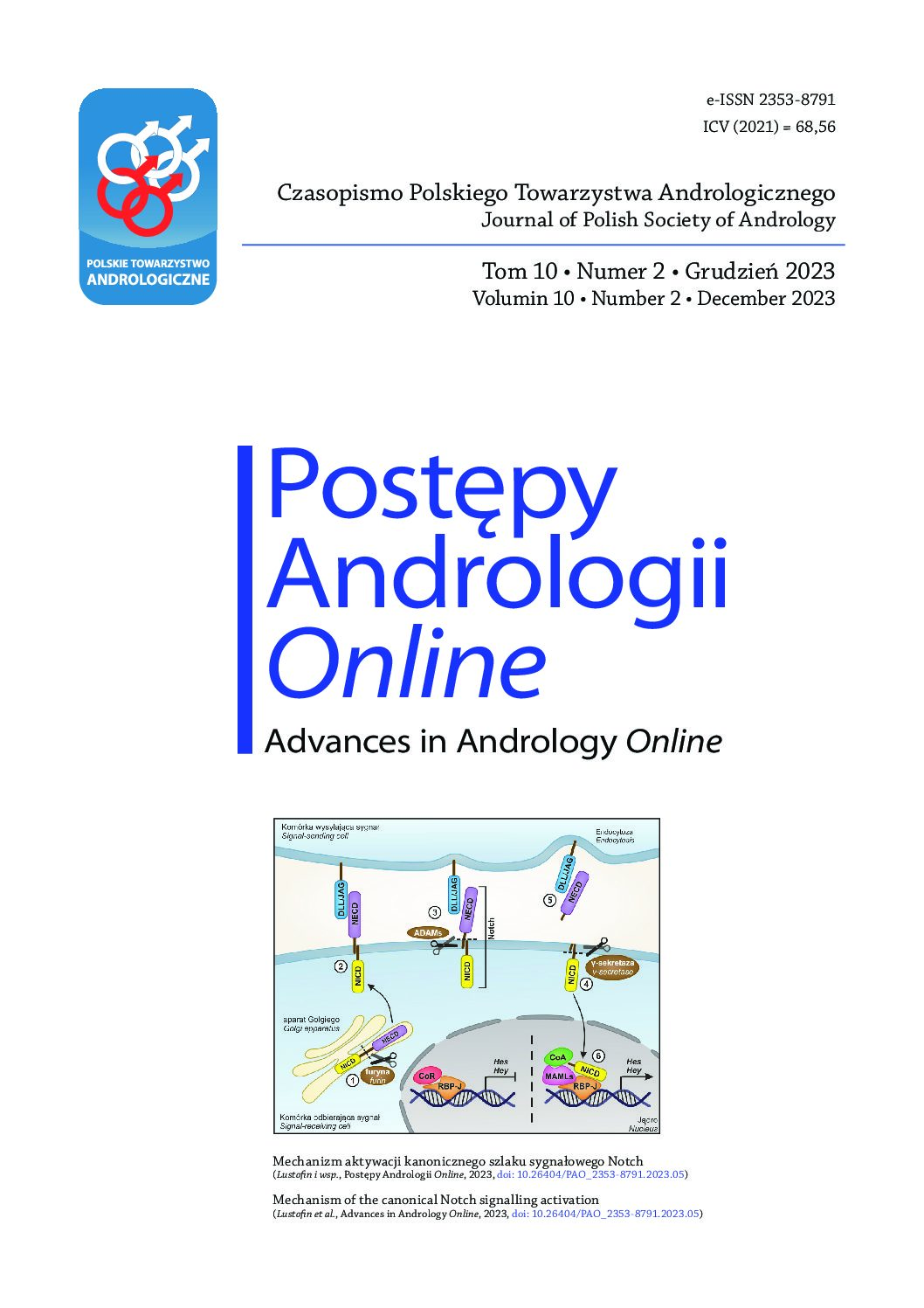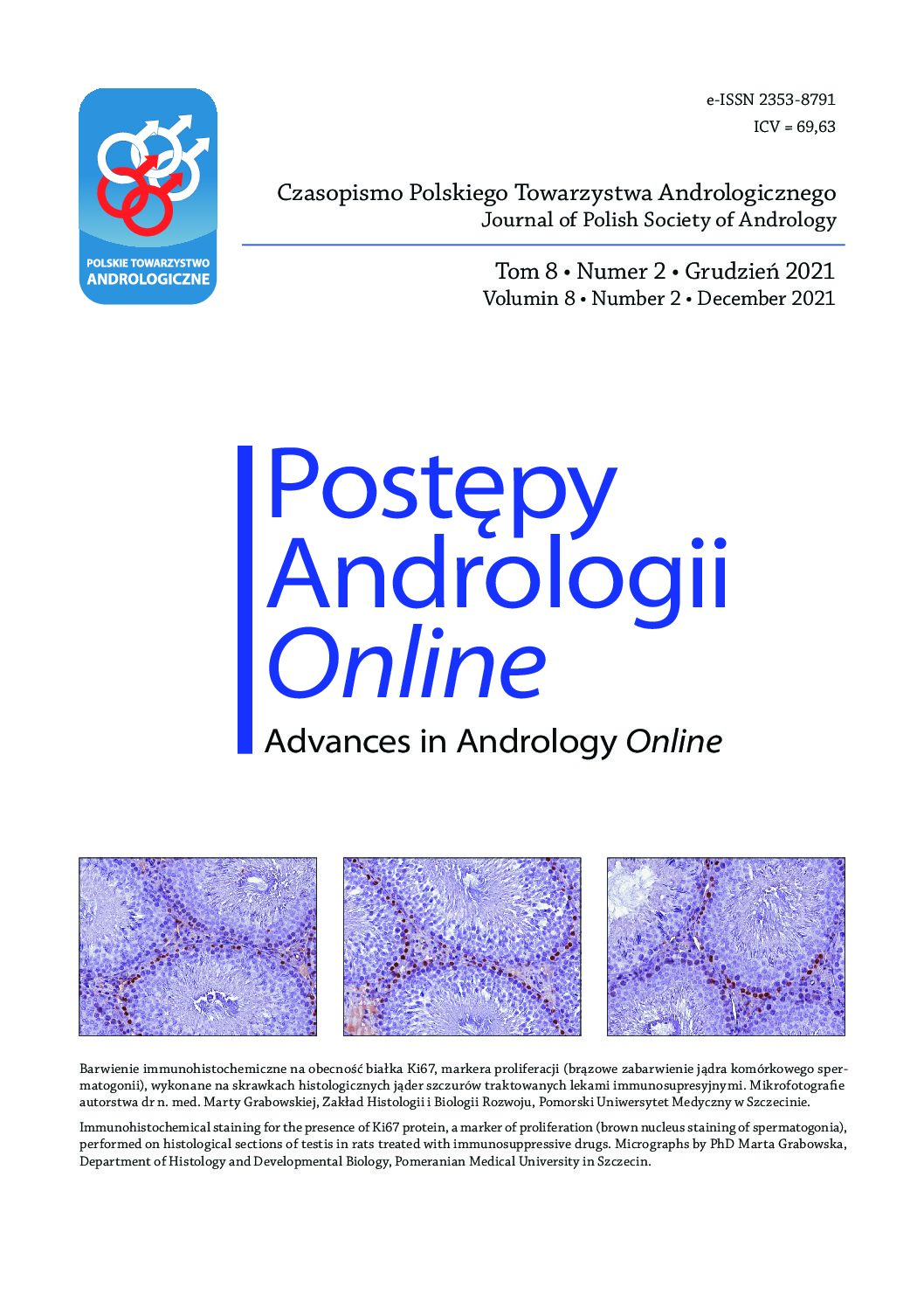Not just the marriage of Figaro: but the marriage of WHO/ESHRE semen analysis criteria with sperm functionality
The authors present a critical review of the WHO5 (2010) manual of semen analysis and what it should be used for: The analysis of sperm quality and not analysis to predict fertility outcome per se. We show the strengths and shortcoming of WHO5 and then ask for a better “marriage” among these parameters and the outcome of sperm functionality and fertilization/live birth outcome. For many decades the basis of the WHO manual for semen analysis has not changed and we emphasize that sperm functionality testing has not really been considered/performed in the routine andrology laboratory. There is a need to first develop more objective and quantitative methodology such as computer-aided sperm analysis, to analyse sperm quality and sperm functionality that relates in many instances to fertilization/live birth outcome: 1) sperm cervical mucous penetration using computer aided sperm analysis (CASA), 2) endpoint of capacitation, hyperactivation as measured accurately by CASA, 3) acrosome reaction quantitatively, 4) chromatin maturity and DNA fragmentation quantitatively, 4) where possible oocyte binding tests (hemizona), 5) relationships of vitality and hypo-osmotic swelling test using modern technology 6) measurement of oxidative stress, 7) analysis of semen using proteomics (proteins that are importantly functionally expressed in seminal plasma) as well as 8) metabolomics representing a systematic study of the unique metabolic fingerprints (chemical) that specific cellular processes leave behind and inform us about function/dysfunction, 9) patient profile (obesity, smoking, age, stress, female cryptic choice, environment and many other patient characteristics) as important determinants in fertility outcome. We believe we can intelligently in the end construct a matrix which combine all these factors and others in the future that inform us about potential fertility outcome. But then realize WHO5/ESHRE current guidelines are not particularly informative in the above context.
